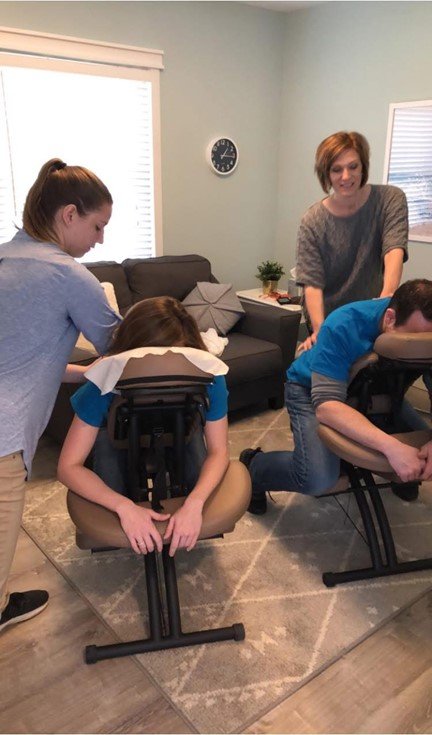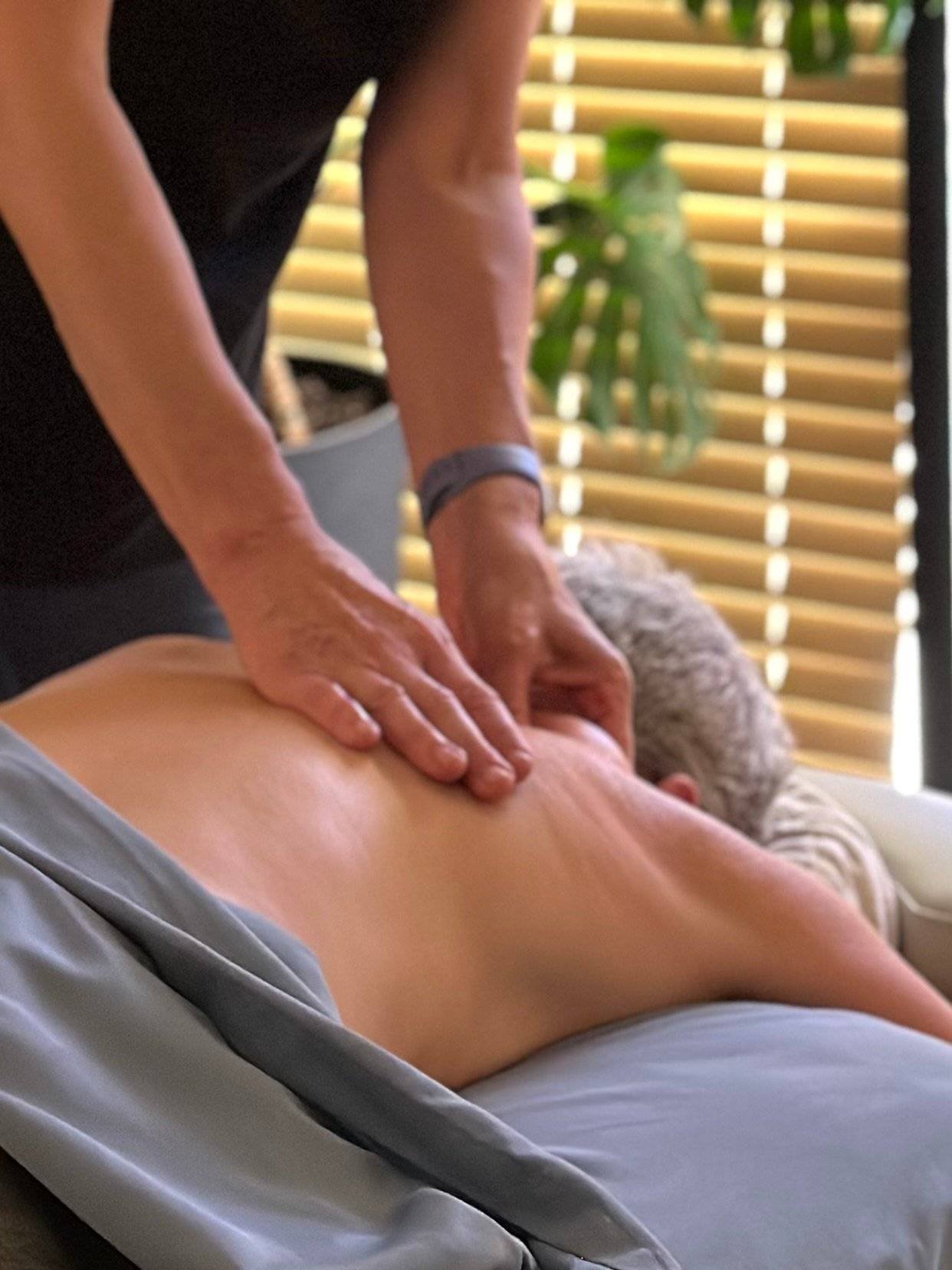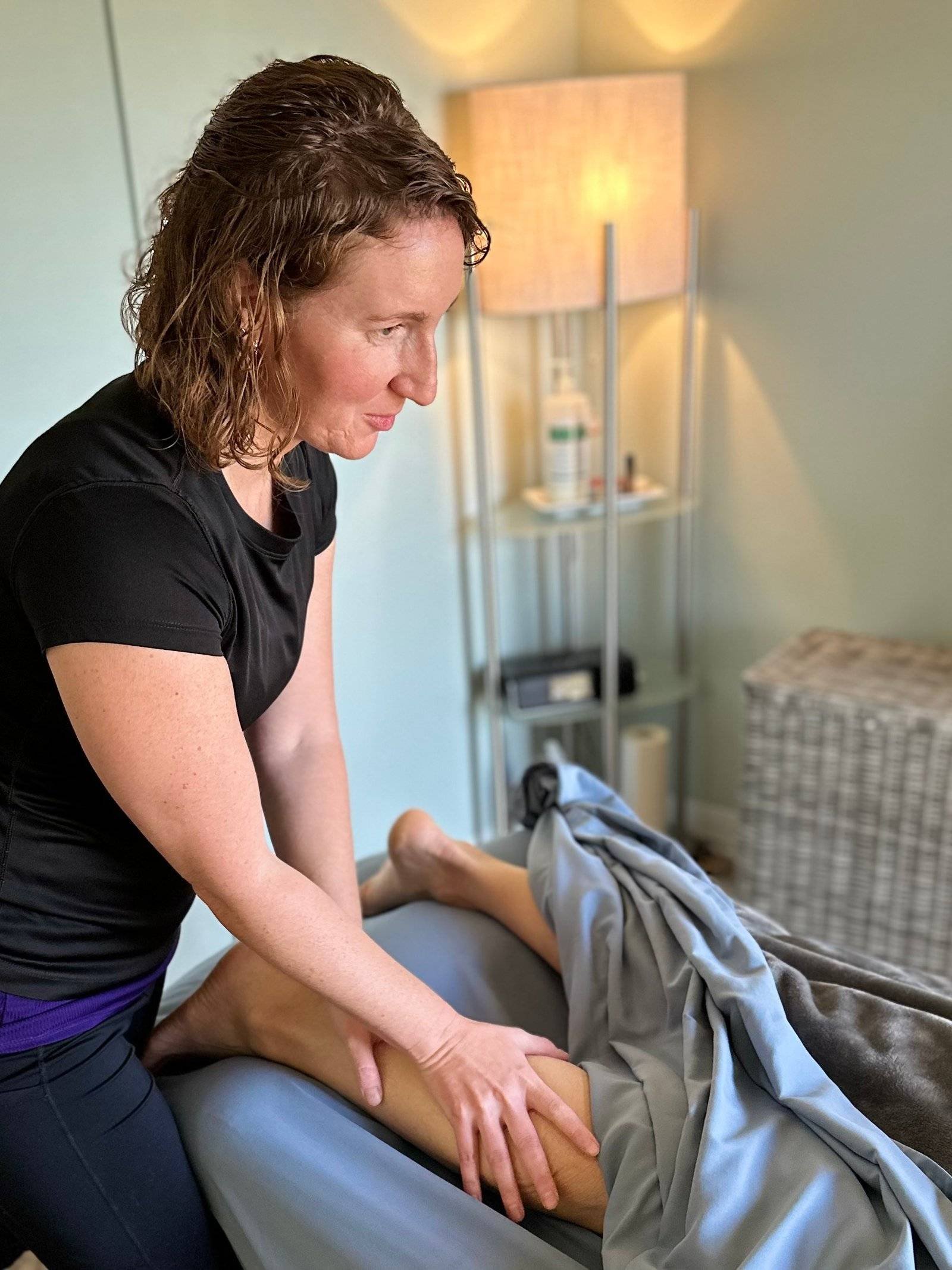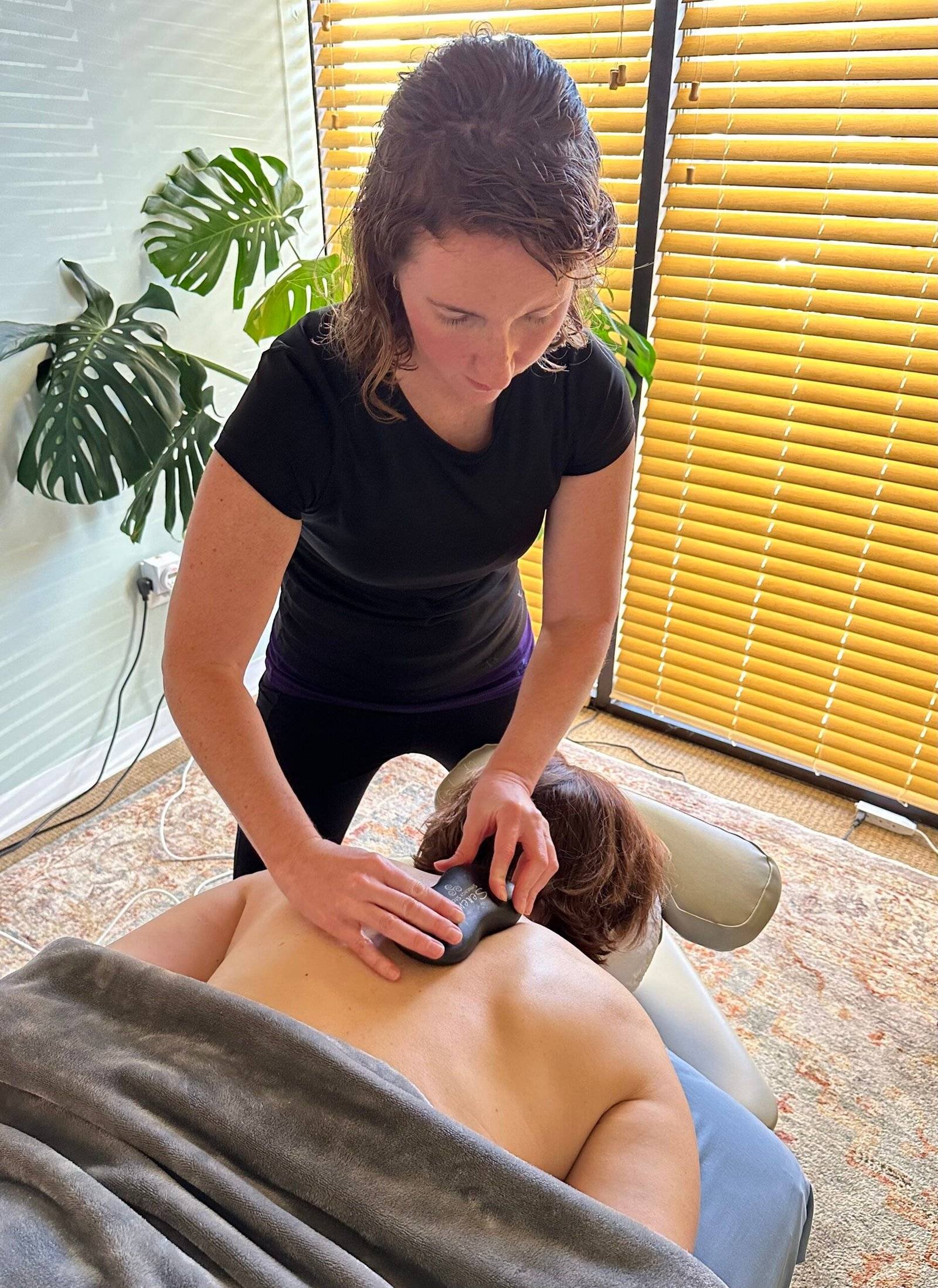We offer quality massage services to fit the needs of all of our clients.



This therapy isn’t just for athletes or gym-goers. Deep tissue massage can help a wide range of people, including:
If you’ve asked yourself, “What is deep tissue massage good for?” — the answer is simple: It’s great for improving flexibility, boosting blood flow, and relieving deep muscular tension.
Here are some of the most effective deep tissue massage techniques that therapists use to target problem areas:

Myofascial Release
This technique gently stretches and releases tension in the fascia, helping to relieve pain and restore movement.

Trigger Point Therapy
A soothing experience designed to reduce stress, promote relaxation, and improve overall well-being.

Muscle Stripping
A technique that uses pressure along the length of the muscle fibers to increase circulation and mobility.

Breaks down scar tissue and aligns muscle fibers for better healing.

Active Release Technique
Combines movement with pressure to release tight muscles and promote flexibility.
Each of these deep pressure massage techniques is designed to target different issues, depending on the client’s needs.

If it’s your first time getting a deep tissue massage, it’s normal to feel a little unsure of what to expect. Here’s how a typical session unfolds:
Your therapist will begin with a short consultation, asking about your medical history, areas of pain, and your goals — whether it’s injury recovery, chronic pain relief, or reducing stress.
During the massage, your therapist will apply slow, firm pressure to specific problem areas. You may feel some discomfort, especially over muscle knots or tight spots. That’s normal — but the pressure should never feel unbearable.
Post-massage, it’s common to feel a little sore. This is your body responding to the deep muscle work. Hydration, rest, and light stretching can help ease this.
If you’ve ever asked, “Is deep tissue massage painful?” — the answer is that while it can be intense, it shouldn’t cross the line into true pain. A good therapist will communicate and adjust the pressure as needed.
The benefits of deep tissue massage therapy go far beyond muscle relaxation. Whether you’re recovering from an injury or trying to relieve day-to-day tension, here’s how deep tissue techniques can help:
Deep pressure releases tension in the deepest muscle layers, helping alleviate chronic pain, sciatica, and joint stiffness.
By breaking down adhesions and releasing tight connective tissue, this massage improves overall range of motion.
Despite its intensity, deep tissue massage promotes full-body relaxation, helping to lower cortisol levels and promote mental clarity.
As the muscles release, blood flow increases, bringing in oxygen and flushing out toxins, speeding up muscle recovery.
While deep tissue massage is highly beneficial for many, it’s not suitable for everyone. Knowing the contraindications can help you avoid complications.
Always consult your healthcare provider if you have any medical conditions before booking a session.
Despite these, licensed massage therapists are trained to adjust the pressure and technique based on your comfort level.

If you’re trying to decide between deep tissue massage and other popular therapies, here’s how it stacks up:
Massage Type | Pressure Level | Focus Area | Best For |
Deep Tissue | Firm/Intense | Deep muscle layers, connective tissue | Chronic pain, posture issues, injury recovery |
Swedish Massage | Light/Moderate | Surface muscles | Relaxation, circulation, stress relief |
Sports Massage | Variable | Specific muscle groups | Athletes, muscle recovery |
Trigger Point Therapy | Targeted | Muscle knots | Pain radiating from tight trigger points |
Unlike other types, deep tissue therapy focuses on the root cause of pain, rather than just providing temporary relaxation. That’s why it’s a go-to treatment for those dealing with chronic or structural issues.
To get the best results from your deep tissue massage, consider these expert tips:
Tell your therapist about your pain points, comfort level, and expectations. Deep doesn’t mean painful.
Water helps flush out toxins released from the muscles during the session.
Give your body time to recover. Don’t hit the gym right after!
For ongoing pain relief or posture correction, regular sessions (every 2–4 weeks) provide the best long-term benefits.
Deep tissue massage is more than just a luxury — it’s a powerful therapeutic tool for those seeking relief from chronic pain, muscle tension, and mobility issues. By using proven techniques like myofascial release, trigger point therapy, and muscle stripping, this massage goes deep to deliver real results.
Whether you’re an athlete, desk worker, or simply someone looking to enhance your well-being, deep tissue therapy could be the game-changer your body has been waiting for.
Services
Follow Us
© 2024 — Copyright All Right Reserved.
Designed & Developed By Nova Spark Creatives